Many drivers wonder if they can replace nitrogen with regular air in their tires. While looking for a way to keep tires inflated longer, especially in changing temperatures, some consider inflating them with nitrogen instead of air, or using a combination of the two. This guide can help you decide whether to fill your tires with nitrogen, air, or both.
In general, adding nitrogen to your tires is a typical up-sell tactic at tire shops. There are some benefits in motorsport, and it sounds good in theory, but for the typical car owner, sticking with normal air is perfectly fine. As long as you keep your tire pressures at the correct spec, you're good to go.
Nitrogen tires are filled with nitrogen instead of, or in addition to, regular air. The larger, slower-moving nitrogen molecules seep out of the tire more slowly, and some experts say this can help keep tires inflated longer. Using a combination of nitrogen and air in your tires won't harm them, but it might reduce the effectiveness of the nitrogen fill and cause your tires to deflate more quickly than if you used pure nitrogen. An accurate pressure gauge can help you maintain proper tire pressure, whether using nitrogen or air.
Filling your tires with nitrogen might provide benefits in these areas:

Any tire can be filled with nitrogen instead of air. Here are some considerations when using nitrogen in some common tire types:
Summer TiresStandard summer tires perform well in dry and wet conditions. They often perform best in summer weather or weather that is generally warm and dry. Using nitrogen in your summer tires might help you keep a consistent tire pressure when the temperature changes drastically, such as a cool summer night followed by a very hot day.
Snow TiresSnow tires, or winter tires, use special rubber and tread and sometimes even metal studs to handle wintry conditions such as snow and ice. Nitrogen's extreme weather benefits may be useful in cold conditions, and you might find that you lose less tire pressure during weather fluctuations than if you were to use nitrogen-free air.
All-Season TiresAll-season tires are a safe bet in areas with relatively moderate conditions, including temperate winters.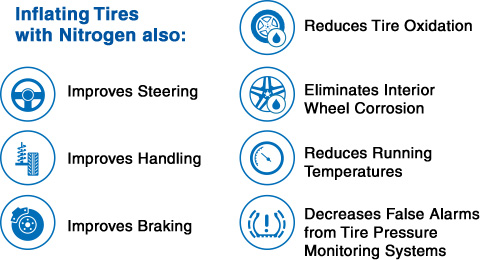 They offer modest traction and don't need to be replaced seasonally. Filling your all-season tires with nitrogen might help you retain tire pressure through seasonal temperature shifts, especially when the seasons change.
They offer modest traction and don't need to be replaced seasonally. Filling your all-season tires with nitrogen might help you retain tire pressure through seasonal temperature shifts, especially when the seasons change.
Performance tires are often used for high-speed or luxury vehicles. They are often a low-profile, wide tire with shallow treads and increased traction in some conditions. Nitrogen offers the same benefits in performance tires as it does in other tire types, including less frequent top-offs.
Off-Road TiresOff-road tires are used for vehicles that can handle rough conditions such as rocks, mud, and deep snow. They are usually durable with deep tread. Using nitrogen in your off-road tires might help you control your tire pressure specifically for the conditions you expect out on the terrain.
When you are deciding whether to use nitrogen in your tires, keep these factors in mind:
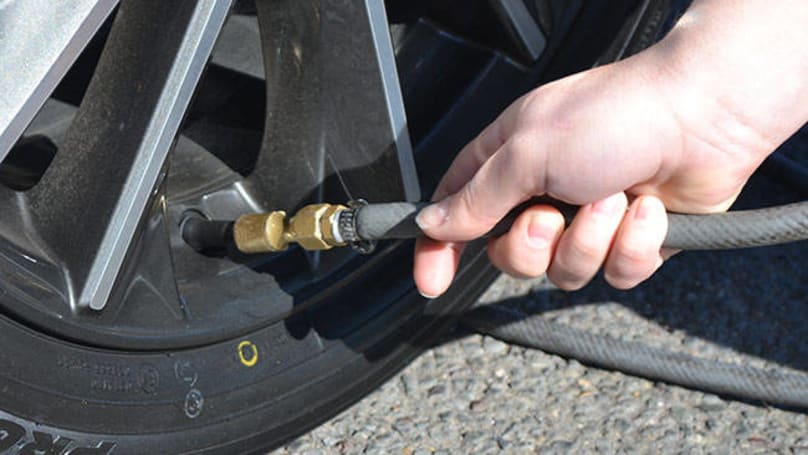 Most locations charge to fill your tires with nitrogen. You might also purchase tires that come pre-filled with nitrogen. Research nitrogen tire fill costs in your area and consider the expense before purchasing your tires. Remember that you might not have to refill your tires as often when you use nitrogen compared to air.
Most locations charge to fill your tires with nitrogen. You might also purchase tires that come pre-filled with nitrogen. Research nitrogen tire fill costs in your area and consider the expense before purchasing your tires. Remember that you might not have to refill your tires as often when you use nitrogen compared to air.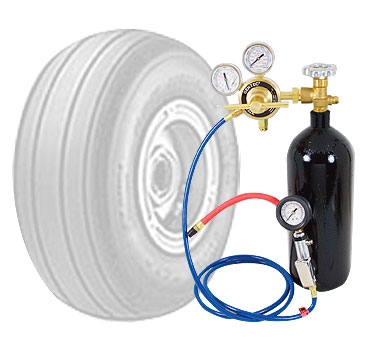 Ease of access might impact your decision to fill your tires with nitrogen, especially if you prefer to avoid mixing nitrogen and air to preserve the full benefits of nitrogen tires. If you plan to travel, you might consider researching nitrogen dealers in locations you plan to visit, particularly if you need to fill your tires while you are away.
Ease of access might impact your decision to fill your tires with nitrogen, especially if you prefer to avoid mixing nitrogen and air to preserve the full benefits of nitrogen tires. If you plan to travel, you might consider researching nitrogen dealers in locations you plan to visit, particularly if you need to fill your tires while you are away.Your local tire dealer can help you fill your tires with nitrogen for the first time. They will usually remove the regular air from your tires and then refill them with nitrogen multiple times. This helps eliminate any remaining oxygen and moisture inside.
To top off or refill your tires with nitrogen, visit a dealer or tire shop near you. Some retailers may only fill tires that were purchased from them and others might require a membership.
If you find that you are in a situation that calls for a top-off or reinflation and you are away from a nitrogen dealer, use whichever source of air you can find.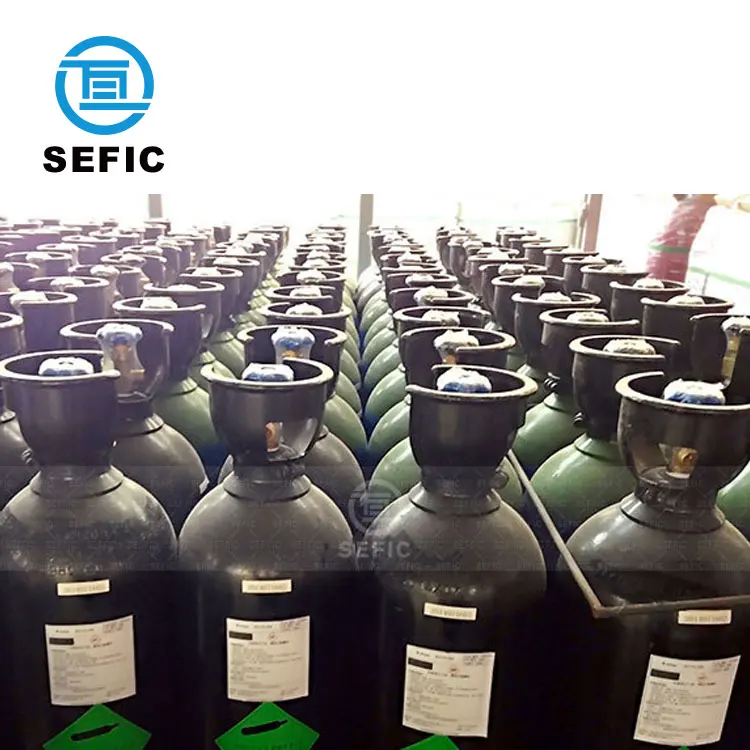 Maintaining proper tire pressure is more important than the composition of the air in the tire. Properly inflated tires handle better, may get better gas mileage, wear more evenly, and can help keep you safer on the road. You can always return to a dealer for a full nitrogen fill when you get to another area.
Maintaining proper tire pressure is more important than the composition of the air in the tire. Properly inflated tires handle better, may get better gas mileage, wear more evenly, and can help keep you safer on the road. You can always return to a dealer for a full nitrogen fill when you get to another area.
Make sure to verify the correct tire size for your vehicle.
Hearst Autos Gear Team The Hearst Autos Gear Team is dedicated to bringing you the very best in automotive tools, parts, and accessories, based on the expertise of the editors of Car and Driver, Road & Track, and Autoweek.
Are you considering using nitrogen instead of compressed air in your vehicle's tires? Perhaps you've heard that nitrogen-filled tires stay inflated longer, saving you money by increasing your gas mileage and extending tread life.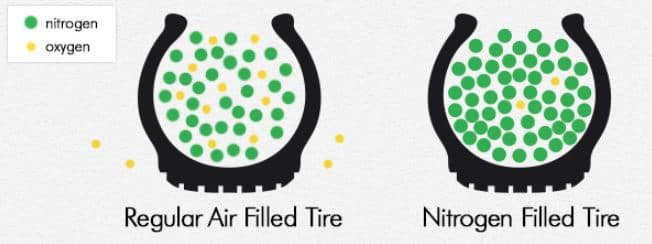 But you're concerned that you may not always be able to find a source of nitrogen when you need to top off your tires. So, in a pinch, can you add air to a nitrogen-filled tire? We've done the research, and we have the answers for you!
But you're concerned that you may not always be able to find a source of nitrogen when you need to top off your tires. So, in a pinch, can you add air to a nitrogen-filled tire? We've done the research, and we have the answers for you!
Yes, you can add air to a tire that has nitrogen in it. In fact, air is comprised of 78% nitrogen, 21% oxygen, and 1% other gases—topping off a nitrogen-filled tire with air will simply dilute the pure nitrogen with a small amount of oxygen.
Nitrogen and oxygen do not react adversely with each other; there is no reason you can't mix them. However, diluting the purity of the nitrogen in your tires will reduce its effectiveness in keeping the tires inflated, so you may lose most of the benefits that the nitrogen fill provides.
Before you continue reading, let us say we hope you find the links here useful. If you purchase something through a link on this page, we may get a commission, so thank you!
In this article, we'll describe why it's okay to mix air and nitrogen in your tires and what the drawbacks are of doing so.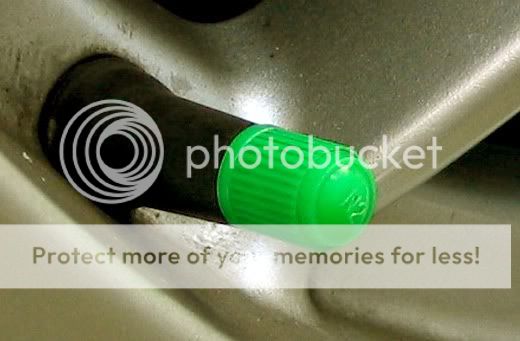 We will also discuss whether it's better to fill your tires with nitrogen or with compressed air and whether you can put nitrogen in your tires at home. And we'll let you know how to tell if your tires are filled with nitrogen, how long nitrogen-filled tires remain inflated, and how often you should check the pressure on your nitrogen-filled tires. Without further ado, let's get into it!
We will also discuss whether it's better to fill your tires with nitrogen or with compressed air and whether you can put nitrogen in your tires at home. And we'll let you know how to tell if your tires are filled with nitrogen, how long nitrogen-filled tires remain inflated, and how often you should check the pressure on your nitrogen-filled tires. Without further ado, let's get into it!
The rubber in your vehicle's tires has microscopic gaps that allow molecules of oxygen to escape. Air-filled tires lose about 1.5 psi (pounds per square inch) of pressure every month. This results in lower gas mileage, uneven tread wear, and sluggish handling.
To combat this issue, some drivers use nitrogen in their tires instead of air. Nitrogen molecules are larger than oxygen molecules, so they don't escape as quickly through those tiny gaps in the rubber.
Thus, nitrogen-filled tires deflate more slowly than those filled with air.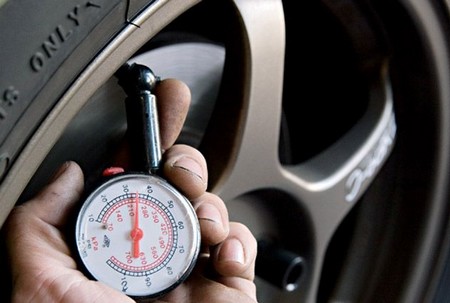 In fact, nitrogen is widely used in racecars and aircraft, for which maintaining tire inflation is critical.
In fact, nitrogen is widely used in racecars and aircraft, for which maintaining tire inflation is critical.
A few drivers currently use nitrogen tires for everyday driving, but nitrogen refills can be hard to find. You may find yourself needing to top off your tires, but with no nitrogen available.
In that case, it is okay to add air to your nitrogen-filled tires. Air consists of 78% nitrogen, plus 21% oxygen and 1% other gases. Adding this mixture to the pure nitrogen in your tires will not cause an adverse chemical reaction.
Remember, though, that oxygen seeps out of your tires more quickly than nitrogen, so adding air will increase the rate of deflation. This may negate all the benefits you got by inflating your tires with nitrogen in the first place.
Still, it is better to use air to fully inflate your tires than to drive on soft tires until you can find nitrogen.
Advocates of nitrogen tires cite two major benefits:
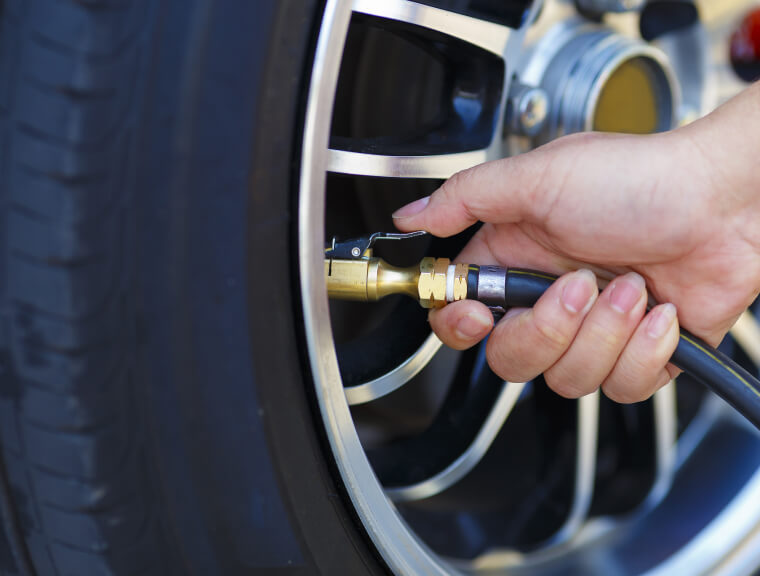 Properly inflated tires mean better gas mileage, more even treadwear (and thus longer tire life), and easier vehicle handling.
Properly inflated tires mean better gas mileage, more even treadwear (and thus longer tire life), and easier vehicle handling.However, skeptics point to research that shows these benefits to be minimal. They also raise two important disadvantages to using nitrogen in tires:
Ultimately, the decision to use nitrogen or air in your vehicle's tires comes down to your own preference.
If you desire optimal performance, have a nearby source of nitrogen, and are willing to regularly check and maintain your tires' pressure, then using nitrogen may be worth the extra expense and hassle. If not, you will be better off to continue using air in your tires.
If not, you will be better off to continue using air in your tires.
Click here for a full nitrogen cylinder on Amazon.
You can fill your tires with nitrogen at home. Although this requires a substantial up-front investment, it can save you money and hassle in the long run.
You will need to purchase the following items:
Click here for vehicle lift jack on Amazon.
Follow these steps the first time you fill your tires with nitrogen:

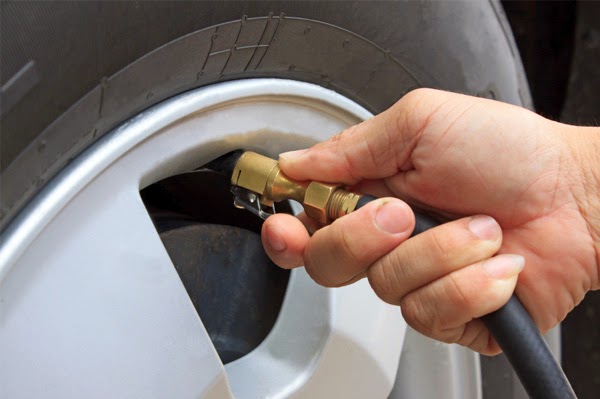
Click here for portable tire inflator on Amazon.
The simplest way to tell if a tire is filled with nitrogen is to look at its valve stem cap. Most dealerships and tire shops put green valve stem caps on nitrogen-filled tires. Many vehicle owners who use nitrogen tires have also adopted this trend.
However, not all nitrogen-filled tires have this easy identifier. If you're not sure whether your tires contain nitrogen or air, there is another way for you to find out. Because air contains only about 78% nitrogen, you can use a nitrogen purity analyzer to determine what's in your tires.
Click here for this nitrogen purity analyzer on Amazon.
Standard air seeps out of a car tire at a rate of about 1.5 psi per month. Because nitrogen molecules are larger than oxygen molecules, they diffuse more slowly.
Specifically, nitrogen's diffusion rate is estimated to be 1/3 to 2/3 as great as that of normal air. So, nitrogen-filled tires deflate at a rate of about 0.5 to 1.0 psi per month.
When tires deflate 1.5 psi or more below the manufacturer's recommendation, you will begin to see lower gas mileage, uneven tread wear, and, eventually, sluggish handling.
So, as your nitrogen tires deflate, it's important that you continue to monitor the tire pressure and top off the nitrogen regularly.
Many owners don't check their nitrogen tires between oil changes, believing that the tires will remain sufficiently inflated.
However, in the three or four months between oil changes, even nitrogen-filled tires will lose 1.5 to 4.0 psi, which is enough to cause the problems mentioned above.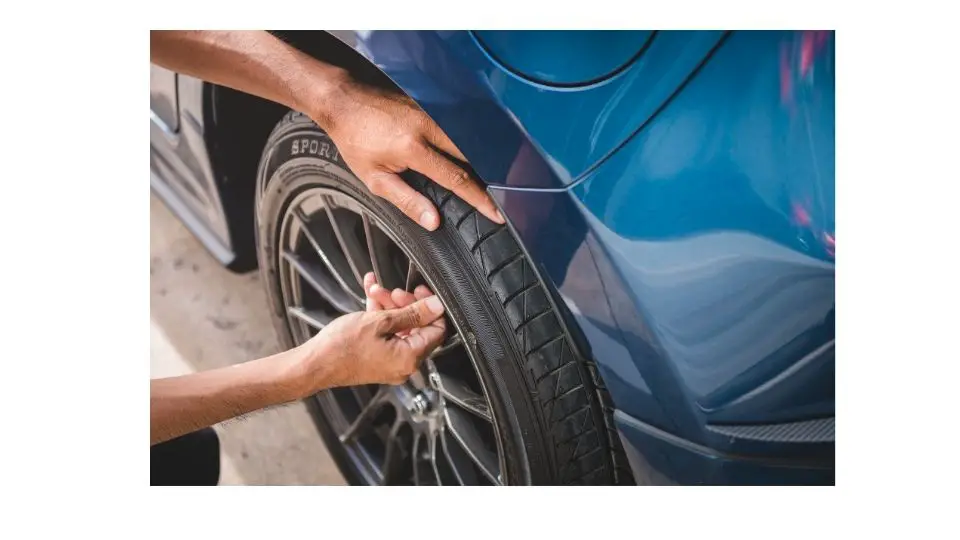
Click here for green valve caps on Amazon.
Even though your nitrogen-filled tires should retain their inflation longer than air-filled tires, it's still important that you check the tire pressure monthly.
If you allow the tire pressure to drop 1.5 psi or more below the manufacturer's recommendation, you will lose all the nitrogen tire benefits that you're paying so much for. A nitrogen fill can never replace vigilance and good tire pressure maintenance!
Click here for this tire pressure gauge on Amazon.
Now that you know all about the benefits and drawbacks of nitrogen tires and whether you can top them off with air in a pinch, you're ready to decide whether filling your tires with nitrogen is worth it for you.
For most drivers, nitrogen inflation is probably more hassle than it's worth. But if you're dedicated to getting the best performance out of your vehicle and willing to invest some time and money in the effort, nitrogen tires may be a great choice for you!
You may also enjoy:
Nitrogen In Tires: Pros And Cons
Here’s Why Driving with Bald Tires Can Kill You
 Filling tires with nitrogen.
Filling tires with nitrogen. The benefits of using nitrogen to inflate (refill) wheels and tires are as follows:
In addition, it is important to elaborate on the advantages that filling a tire with nitrogen will give you compared to filling a wheel with air.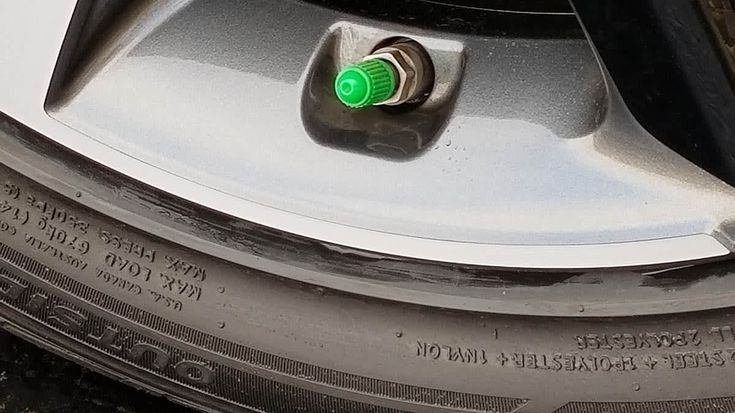
Advantages of filling a tire with nitrogen compared to filling a wheel with air:
All these factors contribute not only to improving the performance of the tire, but also ensures the safety of the car on any road.
As a result, each car owner must clearly understand for himself that inflation (filling) of a tire with nitrogen has a number of advantages that not only help prolong the tire's performance, but also ensure comfort and safety on the road.
In summary, let's once again name the main advantages of pumping (filling) wheels with nitrogen:
class="w1000">
In our branch on the street. Sorge, d. 7A there is a cafe. In it, you can comfortably spend time watching the work on your car on the monitors, as well as using high-speed free WI-FI.
Moto wheels: repair and tire fitting
Professional tire fitting
Car interior repair
Glass repair
Finish wheel balancing
We accept for payment:
UNIFIED INFORMATION:
+7 (495) 799-02-20
24/7
ProfShinService
group of companies
Please introduce yourself
or
Select branch
Anokhina Zorge Rusakovskaya International Malygina Question to the DirectorYour question
x
Login or register
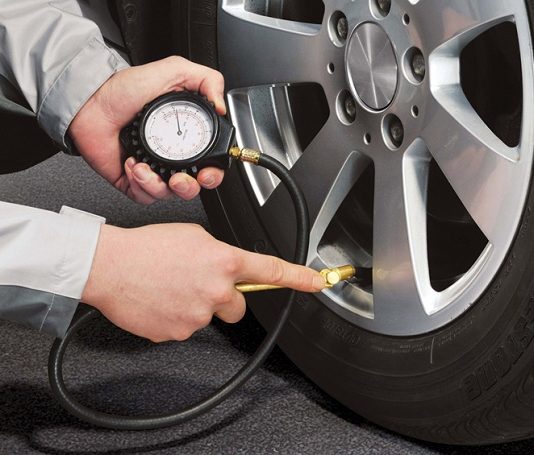 What does filling tires with nitrogen give?
What does filling tires with nitrogen give? Many motorists are probably wondering if it is worth inflating tires with nitrogen. Indeed, today there are many conflicting opinions about this event on the Internet and in real life. Flat tires, or vice versa, too "pumped" violate the control and handling of the car, as well as negatively affect the fuel consumption of the car. We will devote today's material to one of the types of solutions to such problems, and more precisely, the main character of the article will be inflating tires with nitrogen. We will call on physics or even chemistry to help and understand the situation from the point of view of truth.
Tables:
Tire inflation with nitrogen is one of those cases when the technology comes to our region with an extreme delay. It seems that we have known about this method of refueling tires for a long time, but you will not find a developed infrastructure with the proper level of service, especially in cities with a population of less than a million, in the afternoon with fire. As a rule, "nitrogen stations" are located in large commercial workshops and serve mainly premium and sports cars. Around 2012, the active development of this technology began, and since then nitrogen tanks can now be found at many service stations, gas stations and other large transport facilities.
It seems that we have known about this method of refueling tires for a long time, but you will not find a developed infrastructure with the proper level of service, especially in cities with a population of less than a million, in the afternoon with fire. As a rule, "nitrogen stations" are located in large commercial workshops and serve mainly premium and sports cars. Around 2012, the active development of this technology began, and since then nitrogen tanks can now be found at many service stations, gas stations and other large transport facilities.
For the first time such a technique was used during the races of the most famous automobile competition - Formula 1. Taking advantage of a loophole in the tournament regulations, one of the teams applied nitrogen filling to the tires of their car.
For the first time, nitrogen was used to inflate wheels in Formula 1 cars Although, it should be noted and added that at that time nitrogen of such purity was not yet available in the mass industry. Instead, a nitrogen-air mixture was used. But even the use of such a mix brought the popularity of refueling with nitrogen, and the general interest from other companies and firms to the mixture itself.
Instead, a nitrogen-air mixture was used. But even the use of such a mix brought the popularity of refueling with nitrogen, and the general interest from other companies and firms to the mixture itself.
Along with the rampant popularity of this method, ardent opponents have appeared for nitrogen filling of tires. In total, there are 4 myths about the benefits of nitrogen in car tires, on some resources there may be more of them, on others less, but we will consider the main "benefits".
See also: What do the colored labels on tires mean?
They say that if there is nitrogen in the tires, then the pressure in the tires jumps much less. If the tire heats up, the pressure in it will exceed the norm, and if it cools down, it will drop. It is not good. Nitrogen, too, will not be able to provide the coveted 2 atmospheres in any temperature conditions (usually the wheels of a passenger car are pumped up to 2 atm). This textbook of physics will confirm this - at least a couple of "gas" laws:
This textbook of physics will confirm this - at least a couple of "gas" laws:
Tires can be confidently inflated with any gas - the pressure will still jump, and it will be necessary to check it as regularly as the pressure of ordinary air.
Note: while driving a car, the pressure in a hot tire can increase by 0.4 - 0.8 atmospheres. This is due to the effect on the wheel of a heated surface, as well as the effect of kinetic energy from rotation. Such a deviation from the norm can lead to uneven wear or deformation of the tires.
See also: Tire grip coefficient and factors influencing it
They say that nitrogen molecules are larger than oxygen molecules, so it is difficult for them to crawl into micro-holes and cracks in the rubber structure.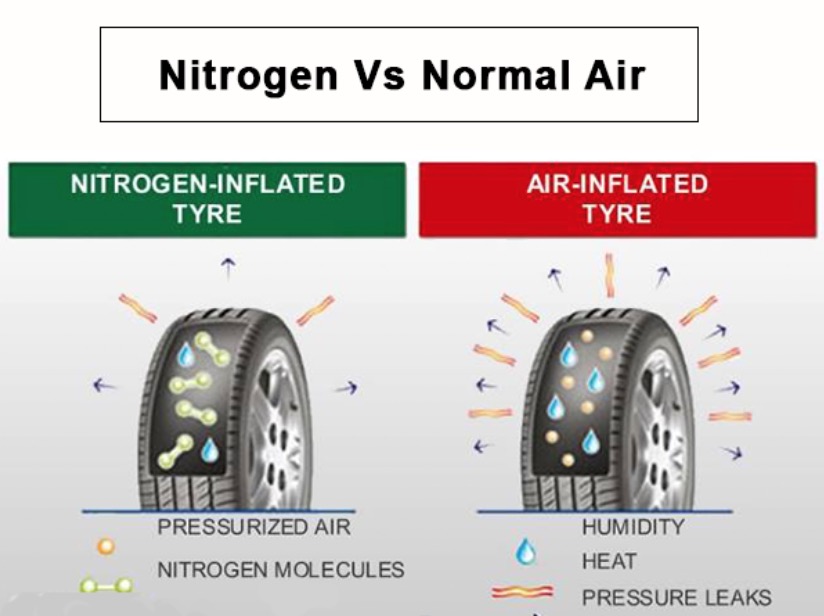 The nitrogen molecule is 0.000000031 cm. (3.1X10 -8 degrees) versus 0.000000029see (2.9X10 -8 degree) oxygen - not such a big difference. If the wheel turns out to be punctured even by some superfine needle, it will still go down.
The nitrogen molecule is 0.000000031 cm. (3.1X10 -8 degrees) versus 0.000000029see (2.9X10 -8 degree) oxygen - not such a big difference. If the wheel turns out to be punctured even by some superfine needle, it will still go down.
Modern tubeless tires deflate very slowly, so you can almost always reach the tire fitting, especially if you have a working compressor in the trunk, which you can pump up the tire on the way. To monitor the pressure in the tires of the car, you can use various sensors and pressure alarms.
Before inflating tires with nitrogen, all air must be evacuated from the wheels They also say that inflating tires with nitrogen leads to a lighter weight of the tire due to the fact that nitrogen is lighter than air, and therefore fuel consumption will decrease if the tires are filled with this gas. So, a cubic meter of air weighs 1.29 kg, and nitrogen - 1.25 kg. With an inflated wheel, the difference in weight will be only a few grams.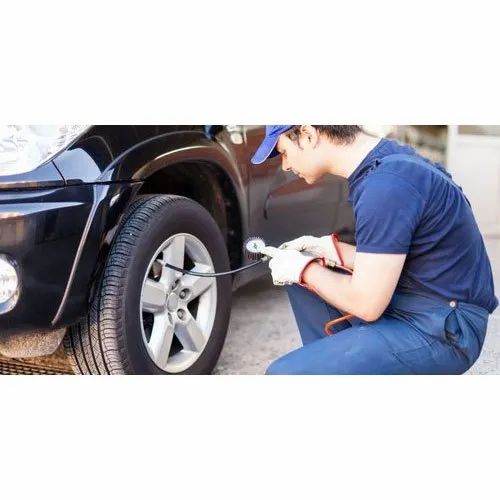 A piece of dirt that sticks to the wheel, or dust accumulated on the tire will weigh significantly more.
A piece of dirt that sticks to the wheel, or dust accumulated on the tire will weigh significantly more.
And it is true! Do not forget that, unlike oxygen, which enters into chemical reactions even at insufficiently high temperatures, nitrogen is more stable. In practice, this is explained by the fact that oxygen actively enters into the oxidation process (it is the oxidizing agent), but nitrogen does not. This is manifested by a decrease in the rate of corrosion and aging of the metal of the wheel and rubber.
Note: Cars with conventional metal wheels are now rare, they have been replaced by alloy wheels, which are much less susceptible to corrosion.
See also: A hernia on a wheel - is it dangerous or can you drive?
Apart from the inflated price tag, there is no shortage of nitrogen injection into tires.